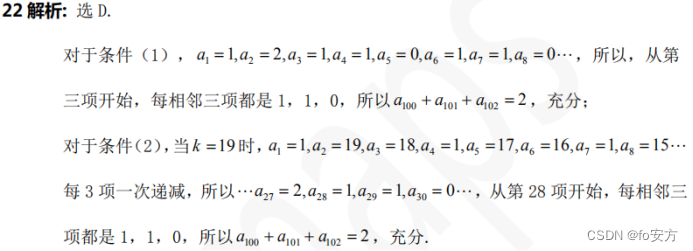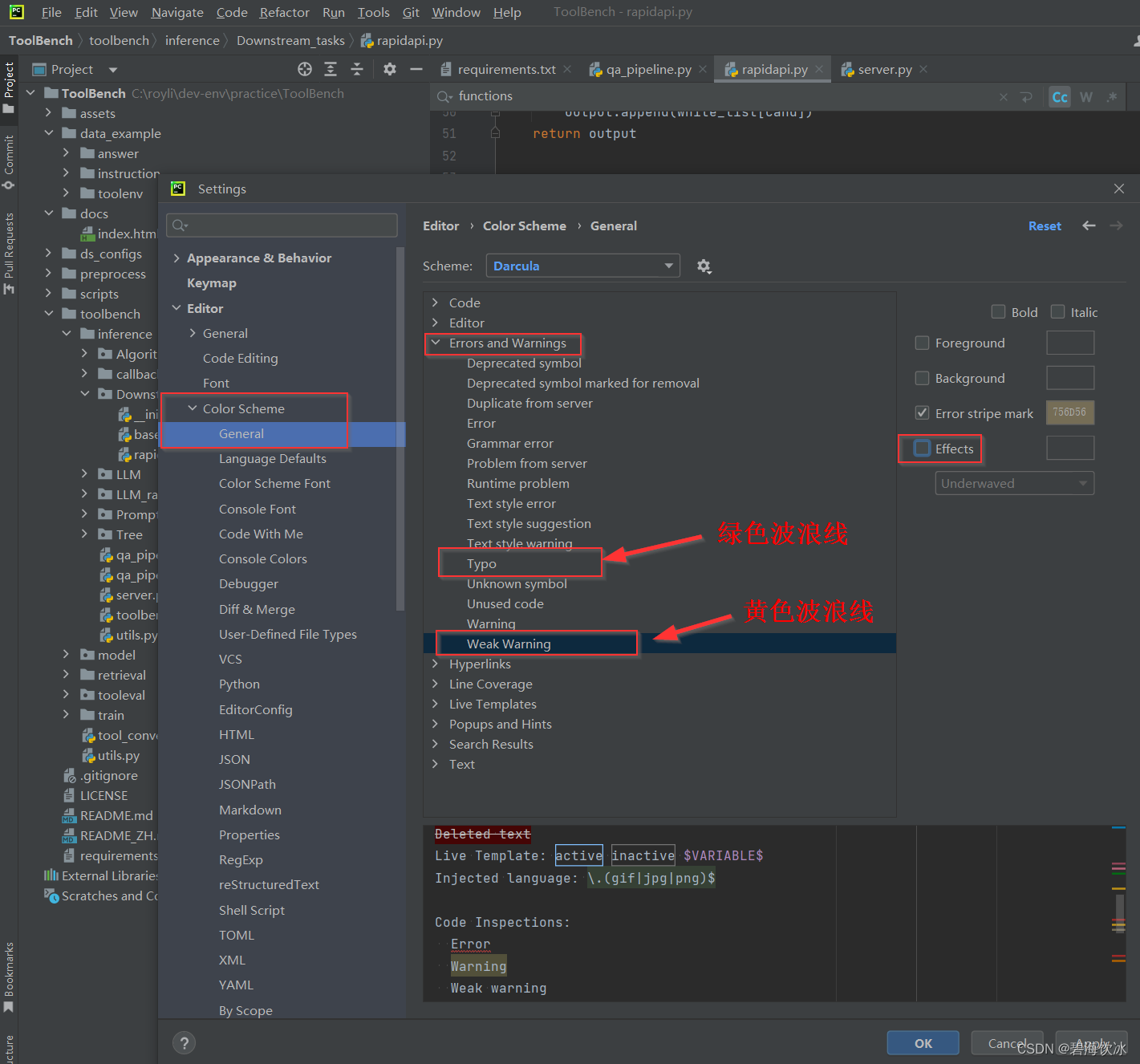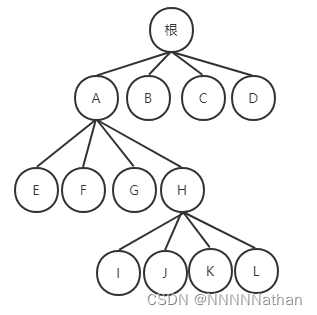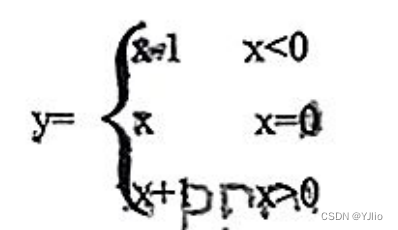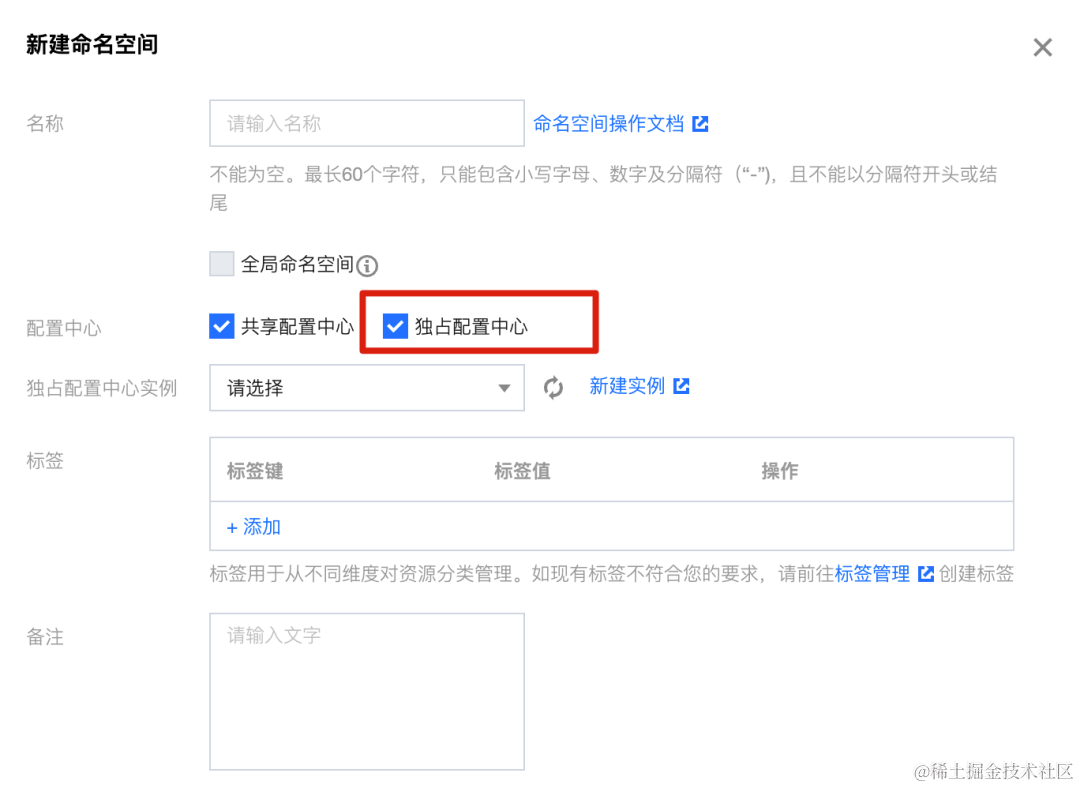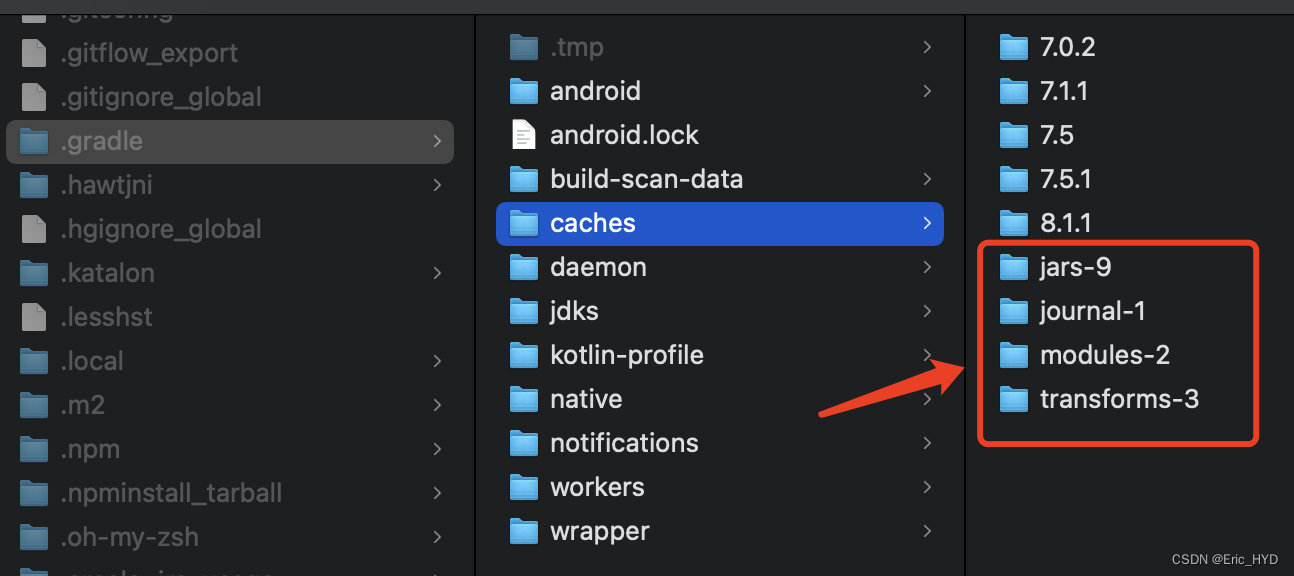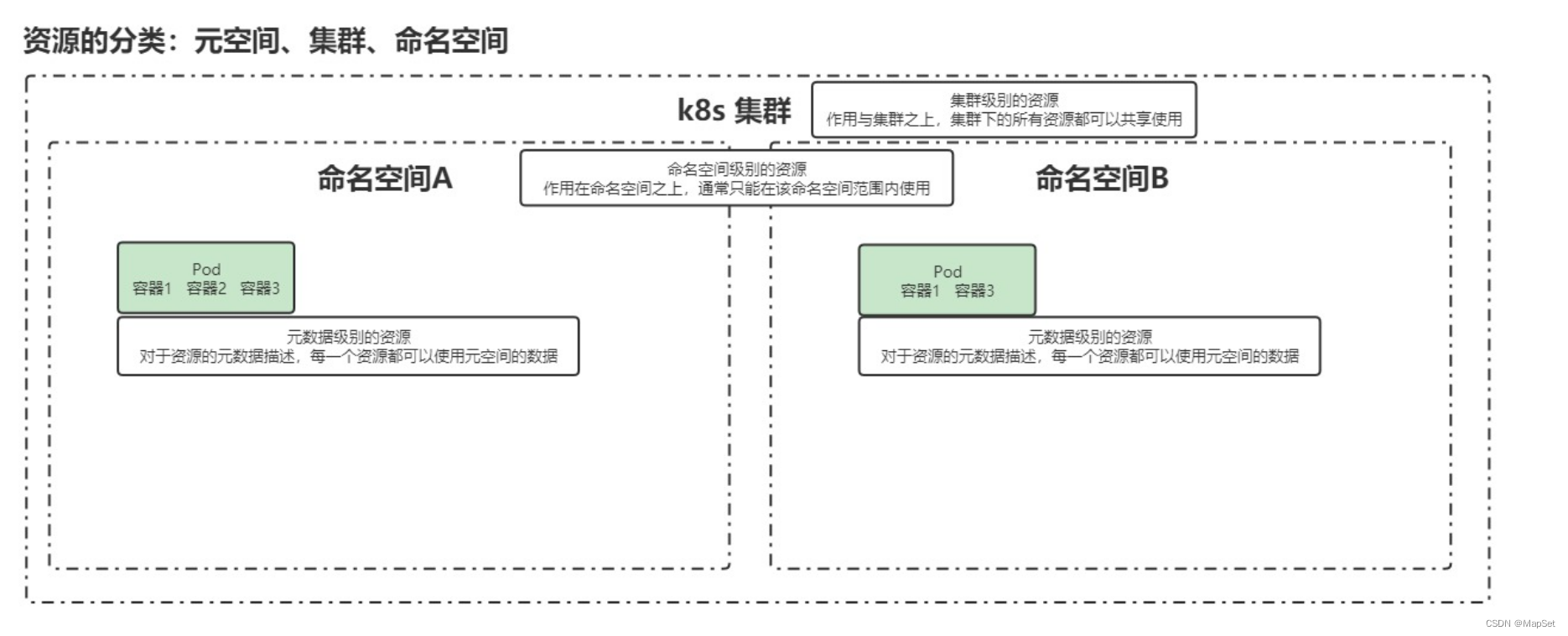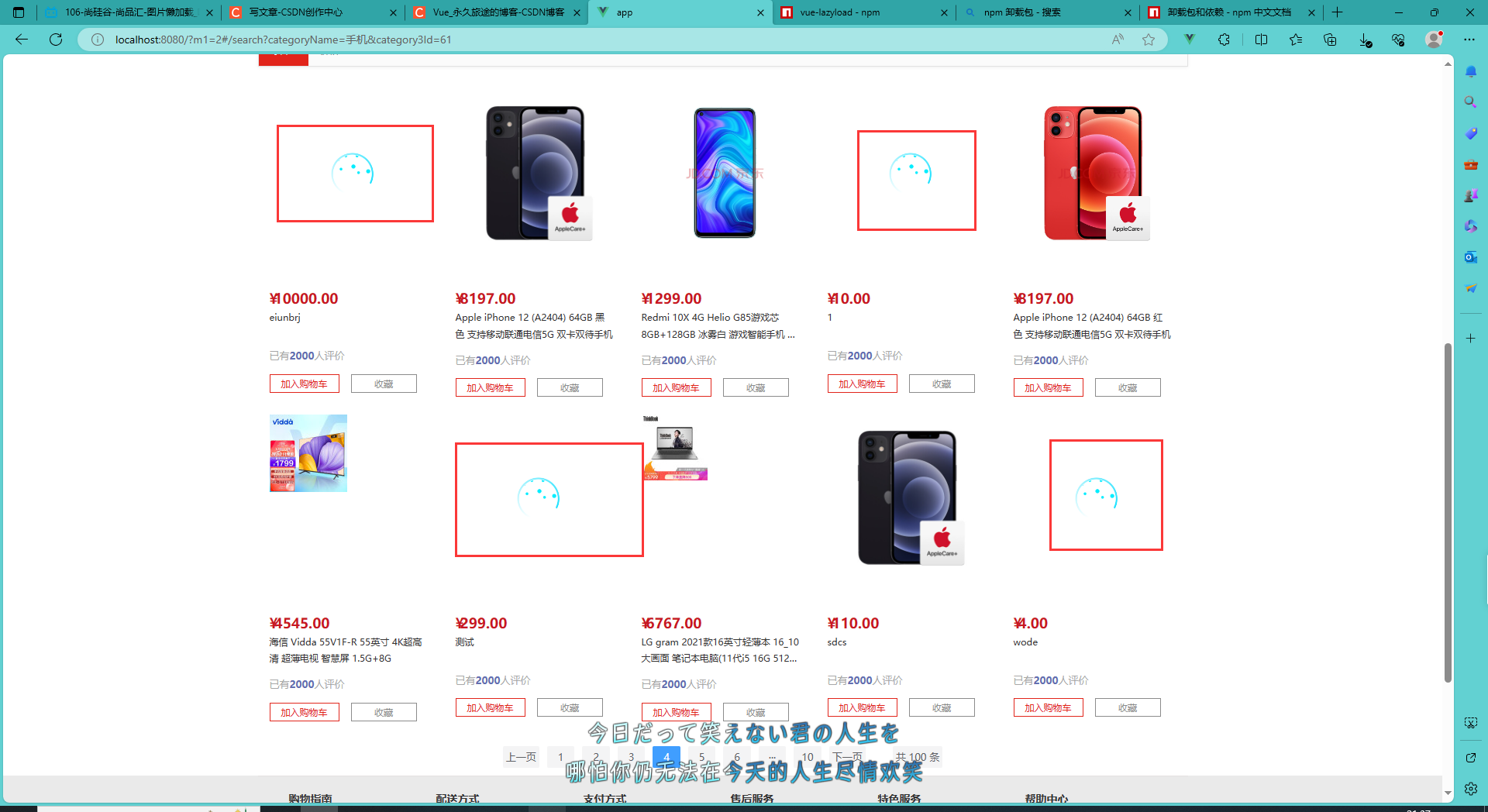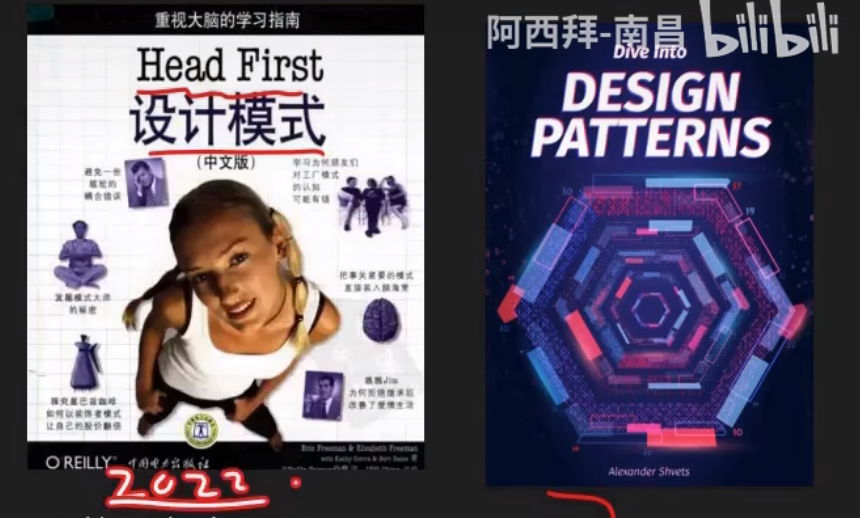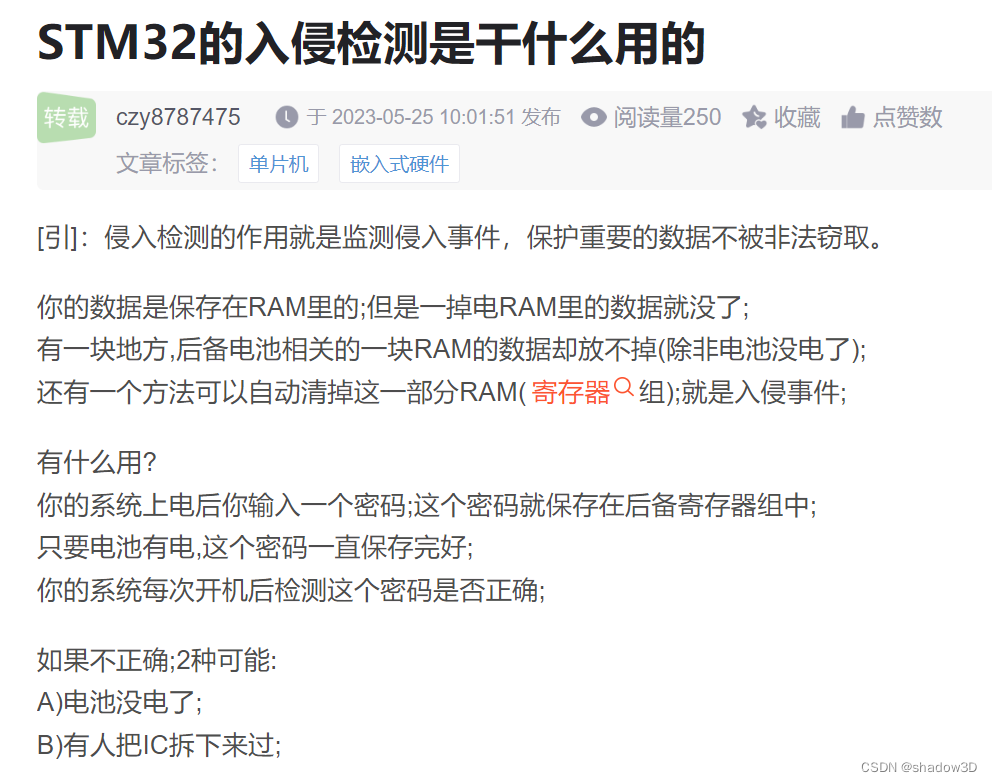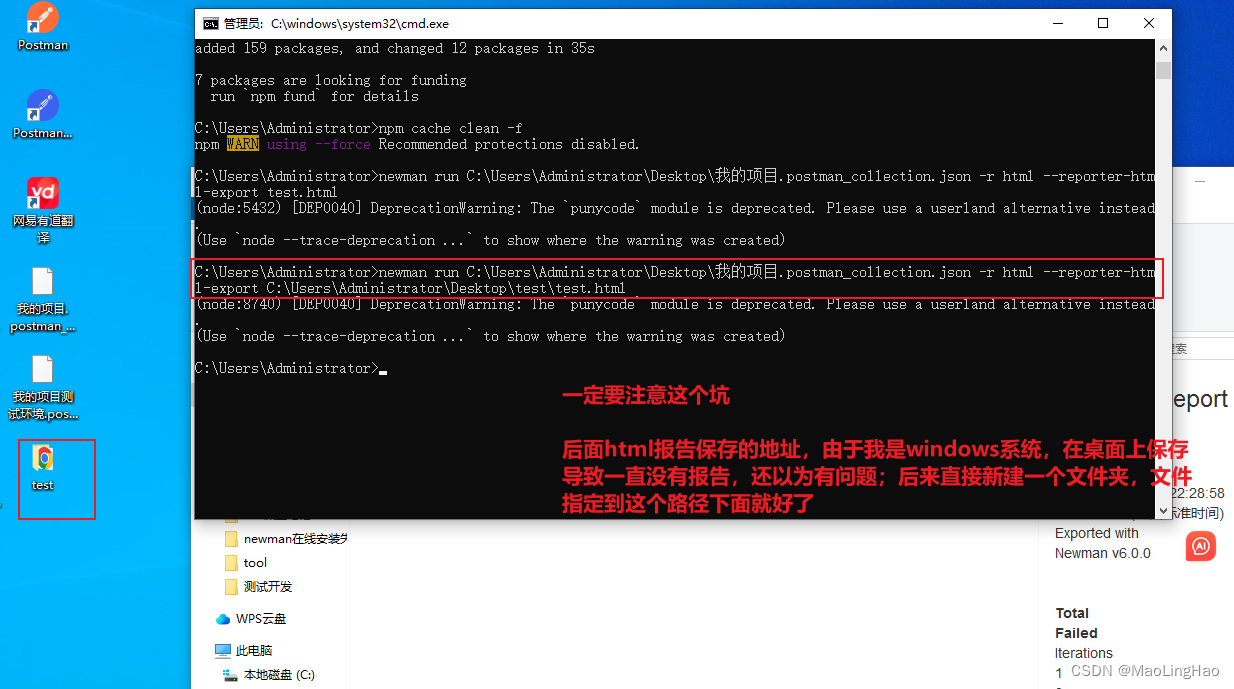目标:
对于项目中的静态方法(主要是各种工具类里的静态方法),可以在输入方法名时直接提示相关的静态方法,选中后自动补全代码,并导入静态类。
设计:
初步构想,用户选择要导入的文件夹,遍历文件夹下面文件的静态方法并存储,当用户输入时使用弹窗显示候选方法,选中后补全代码。
分解步骤为:
- 在设置页加入视图化操作,让用户选择文件夹路径;
- 通过持久化数据将选择的文件夹路径保存到本地;
- IDE打开时遍历本地保存的文件夹路径下的所有文件,得到所有静态方法;
- 用户输入时弹窗显示联想方法;
- 选中后自动补全;
开发:
1.搭建开发环境
JetBrains已经提供了纯样板模板,我们下载提供的插件模板 ,使用Android Studio (或IntelliJ IDEA )打开后,可以在gradle.properties中修改项目的属性,gradle.gradle.properties里各属性表示的意义如下
gradle.properties配置
-
pluginGroup、pluginName_、pluginVersion:插件名称与版本
-
pluginSinceBuild、pluginUntilBuild:插件适用的IDE版本,从since到until,各种IDE的版本号可以在这个地方查阅内部编号范围
Android Studio对应的IntelliJ 平台版本可以查阅Android Studio
-
pluginVerifierIdeVersions:用来检查IDE版本和插件之间兼容性
-
**platformType:**插件适用的IDE类型,IC指社区版,Android Studio基于社区版修改
-
platformPlugins: 声明插件依赖项
更多的属性可以查阅此链接
https://github.com/JetBrains/intellij-platform-plugin-template
https://github.com/JetBrains/gradle-intellij-plugin/blob/master/README.md#intellij-platform-properties
plugin.xml
文件位于src\main\resources\META-INF下
-
id:gradle.properties里的pluginName_
-
name: gradle.properties里的pluginName_
-
vendor:开发者的名字
添加依赖
build.gradle.kts
在intellij节点下加入一句intellij
alternativeIdePath = "H:\Android\Android Studio"
路径设置为本地Android Studio位置,这样在运行时会直接使用本地的AS调试,避免重新下载Android Studio。
settings.gradle.kts
修改项目名称
rootProject.name = "Plugin Template Hint"
配置完成后,点击右边的gradle的runide即可运行插件,如果开发过程中想进行调试可以右键选择debug模式。
2.设置页添加视图化操作
在IDE的设置页添加新UI,需要使用applicationConfigurable Extension Points。 先在plugin.xml里注册applicationConfigurable,并且新建类继承Configurable。插件的UI模块是在java的swing组件基础上直接包装了一层,可以直接使用。
<extensions defaultExtensionNs="com.intellij">
......
<applicationConfigurable instance="com.plugin.hint.other.UtilsImportUI" />
</extensions>
class UtilsImportUI : Configurable {
private val persistentState: UtilsFolderSetting = ApplicationManager.getApplication().getComponent(UtilsFolderSetting::class.java)
private var isModify = false
//绘制界面,使用Swing组件
override fun createComponent(): JComponent? {
//......绘制代码此处省略
}
//控制按钮“Apply”是否可点击
override fun isModified(): Boolean {
return isModify
}
//"Apply"按钮点击事件
override fun apply() {
......
persistentState!!.list = pathList
persistentState.loadState(persistentState)//持久化数据
isModify = false
}
//配置面板左边窗口的显示名称
override fun getDisplayName(): String {
return "Import Utils Files"
}
//调用IDE的文件管理器选择文件
private fun dir(jPanel: JPanel): String {
if (project == null) {
project = guessCurrentProject(jPanel)
}
val fcDial = FileChooserFactory.getInstance().createFileChooser(fcDesc, project, null)
val files = fcDial.choose(project)
return if (files.isNotEmpty()) {
files[0].path
} else ""
}
}
上面省略了部分代码,主要是绘制界面、持久化数据、保存用户选中的文件位置,并进行相关的去重。
效果如下:
3.持久化数据
为了保存用户选择的文件夹路径,我们需要对数据进行持久化。
在plugin.xml里注册implementation-class,并且新建类继承PersistentStateComponent,其中,name为XML中根标记的名称,storages 为保存的文件的名称,默认位置是配置文件地址的options目录下(默认位置可以点击File -> Mange IDE Settings -> Export Settings 查看)。
我们将路径通过list保存,读取时
<application-components>
<component>
<implementation-class>com.plugin.hint.other.UtilsFolderSetting</implementation-class>
</component>
</application-components>
@State(name = "searchUtilsPath", storages = [Storage(value = "searchUtilsPath.xml")])
class UtilsFolderSetting : PersistentStateComponent<UtilsFolderSetting?> {
var list: MutableList<String> = ArrayList()
override fun getState(): UtilsFolderSetting {
return this
}
override fun loadState(state: UtilsFolderSetting) {
XmlSerializerUtil.copyBean(state, this)
}
}
4.启动时遍历文件,保存静态方法
工程模板service下有两个类MyApplicationService和MyProjectService,分别是 application 级别的service和 project 级别的service,其实还有一个module 级别的service,但是并不推荐(性能原因)。其中MyApplicationService为全局单例,而MyProjectService会在对应范围的每个实例创建一个单独的服务实例。这里我们在MyProjectService里遍历文件夹路径,对所有文件进行解析,并保存静态方法。
class MyProjectService(project: Project) {
init {
if (project.workspaceFile != null) {
val persistentState = ApplicationManager.getApplication().getComponent(UtilsFolderSetting::class.java)
val pathList = persistentState.list//得到持久化数据
for (s in pathList) {//遍历文件夹路径
UtilMethodsHandle.addPsiMethodByPath(s, project)
}
}
}
}
persistentState 为得到的持久化数据,然后再对文件路径进行解析。
addPsiMethodByPath方法如下,逻辑可以看注释
var globalPsiMethods = HashMap<String, List<PsiMethod>>()
//遍历文件夹,解析文件,存储方法
fun addPsiMethodByPath(path: String, project: Project) {
val virtualFile = project.workspaceFile!!.fileSystem.findFileByPath(path) ?: return
if (virtualFile.isDirectory) {//如果是文件夹,递归遍历
val virtualFiles = virtualFile.children
for (file in virtualFiles) {
addPsiMethodByPath(file.path, project)
}
} else {//如果是文件,解析
val psiFile = PsiManager.getInstance(project).findFile(virtualFile)
//判断是否是java文件,后面看是否支持kotlin文件
if (psiFile is PsiJavaFile) {
val classes = psiFile.classes
//遍历文件里的类,因为可能会有内部类
for (aClass in classes) {
val tempMethods = aClass.methods
val list: MutableList<PsiMethod> = ArrayList()
//遍历类里面的方法
for (method in tempMethods) {
//判断是静态并且不是私有的方法
if (method.hasModifierProperty(PsiModifier.STATIC)
&& !method.hasModifierProperty(PsiModifier.PRIVATE)) {
list.add(method)
}
}
globalPsiMethods[path] = list
}
}
}
}
解释上面的代码,需要先了解IntelliJ平台的一些名称概念。
PSI 程序结构接口(Program Structure Interface),是IntelliJ平台中的一个层,负责解析文件并创建支持平台许多功能的语法和语义代码模型。
PSI File ,IDEA将文件结构抽象为接口,叫程序结构接口文件(PSI File),不同类型的文件解析后生成不同的PsiFile接口的实现类实例,这也是IDEA能够扩展支持多语言的基础。PsiFile类是所有PSI文件的公共基类,而在特定的语言文件通常是由它的子类来表示。例如,PsiJavaFile类表示Java文件,XmlFile类表示XML文件。
VirtualFileSystem 虚拟文件系统(VFS)是IntelliJ平台的组件,该组件封装了用于处理以Virtual File表示的文件的大部分活动。
它具有以下主要目的:
提供一个通用API来处理文件,而不管文件的实际位置如何(在磁盘上,在归档中,在HTTP服务器等上)
当检测到更改时,跟踪文件修改并提供文件内容的旧版本和新版本。
提供了将其他持久性数据与VFS中的文件相关联的可能性。
Virtual File System
上面的代码通过project得到VirtualFile,判断如果是文件夹,递归调用方法,否则返回相对应的PsiFile,接着判断如果是PsiJavaFile(因为项目有可能包含kotlin文件),则遍历PsiClass(有可能包含内部类)得到所有PsiMethod,最后判断method是否是静态的(method.hasModifierProperty(PsiModifier.STATIC))并且不是私有的(!method.hasModifierProperty(PsiModifier.PRIVATE)),最后加入列表。
5.用户输入时自动弹窗显示联想方法
这里的两种方案,其实最开始使用的是第一种方法,在IDE自带的代码补全弹窗里插入我们保存的方法,但是这种方案没有解决方法显示排序的问题,提供的 order="first"属性并没有生效,最后使用了第二种方案。这里记录一下,可能以后在写其他插件时会用到。
第一种方案:
我们在plugin.xml里注册CompletionContributor, language为JAVA
<extensions defaultExtensionNs="com.intellij">
......
<completion.contributor
implementationClass="com.plugin.hint.other.UtilsCompletionContributor" language="JAVA"
order="first" />
</extensions>
CompletionContributor,实现extend函数,有三个参数
- CompletionType:代码完成的类型,基本完成(BASIC)、智能类型(SMART)匹配完成,
Settings/Preferences | Editor | General | Code Completion里可选.
- ElementPattern:匹配类型,可以对返回的元素进行过滤
- CompletionProvider:内容提供者,我们在这里返回待选择的
class UtilsCompletionContributor : CompletionContributor() {
//查找可以自动补全的代码
init {
extend(CompletionType.BASIC, PlatformPatterns.psiElement(), UtilsCompletionProvider())
}
}
UtilsCompletionProvider类,继承CompletionProvider,重写addCompletions方法,将元素加入到CompletionResultSet。
class UtilsCompletionProvider : CompletionProvider<CompletionParameters>() {
//添加自动补全代码
override fun addCompletions(parameters: CompletionParameters, context: ProcessingContext
, result: CompletionResultSet) {
val prefix = result.prefixMatcher.prefix
if (prefix.isEmpty()) {
return
}
for (methodList in UtilMethodsHandle.globalPsiMethods.values) {
for (method in methodList) {
var s: String? = ""
if (method.containingClass != null) {
s = method.containingClass!!.qualifiedName//类名称
}
val element: LookupElement = LookupElementBuilder.create(method)
.withTypeText(s)//右边文字
//.withIcon(MethodIcon)
.withIcon(AllIcons.Nodes.MethodReference)//左边图标
.withBoldness(true)//是否加粗
//选中后的处理事件
.withInsertHandler { context1: InsertionContext, lookupElement: LookupElement? ->
context1.document.insertString(context1.startOffset, ".")
context1.document.insertString(context1.tailOffset, "();")
//导入所引用的类
JavaCompletionUtil.insertClassReference(method.containingClass!!, context1.file, context1.startOffset)
//移动光标到代码尾部
context1.editor.caretModel.moveToOffset(context1.tailOffset - 2)
}
//添加element到代码补全弹窗
result.addElement(PrioritizedLookupElement.withPriority(element, Int.MAX_VALUE.toDouble()))
}
}
上面代码,先检测是否有匹配的,否则返回。然后循环创建LookupElement。InsertHandler为选中后的操作,在这里补全代码,引入当前方法所在类。
如上图,在自带的代码补全弹窗里添加了2条我们的方法。
第二种方案:
在用户输入后使用快捷键呼出代码补全弹窗,使用Action完成。IntelliJ 平台中的Action需要代码实现并且必须注册。注册决定了Action在 IDE UI 中出现的位置。实现并注册后,Action会接收来自 IntelliJ 平台的回调以响应用户。
1.创建UtilsAction类,继承 Action类。当使用键盘快捷键或从菜单、工具栏操作时,就会回调 Action 类的 actionPerformed 方法。
先在plugin.xml里注册Action,这里默认的快捷键是"control shift X"
<actions>
<action class="com.plugin.hint.other.UtilsAction" description="方法提示" id="plugin.hint" text="hint">
<add-to-group anchor="first" group-id="CodeCompletionGroup" />
<keyboard-shortcut first-keystroke="control shift X" keymap="$default" />
</action>
</actions>
效果如图,Code Completion组下添加了我们新建的Action,在这里也可以更改快捷键。

在UtilsAction类里,我们在actionPerformed 方法里弹出代码补全弹窗。searchText为用户输入的需要补全的代码。LookupImpl为为代码补全的弹窗。选中逻辑与第一种方案一样。
class UtilsAction : AnAction() {
override fun actionPerformed(e: AnActionEvent) {
......
//需要查找的字符
val searchText = StringBuilder()
//selectedText表示光标选中的文本,如果不为空,则查找选中的,没有就从光标位置向前拼接字符,一直到空格为止
if (editor.selectionModel.selectedText == null
|| editor.selectionModel.selectedText == "") {
var indexText = document.text.subSequence(startOffset - 1, startOffset).toString()
while (startOffset > 0 && nameMatch(indexText)) {
searchText.insert(0, indexText)
startOffset--
indexText = document.text.subSequence(startOffset - 1, startOffset).toString()
}
} else {
searchText.append(editor.selectionModel.selectedText)
}
if (project != null) {
val lookup = obtainLookup(editor, project)
for (methodList in UtilMethodsHandle.globalPsiMethods.values) {
for (method in methodList) {
var qualifiedName: String? = ""
if (method.containingClass != null) {
qualifiedName = method.containingClass!!.qualifiedName
}
LOG.info("actionPerformed: $method+$qualifiedName")
if (!method.isValid) continue//检查元素是否有效,比如切换分支后就会失效
//创建一个element,与第一种方案一样
val element: LookupElement = LookupElementBuilder.create(method)
.withTypeText(qualifiedName)
.withIcon(MethodIcon)
//.withIcon(AllIcons.Nodes.MethodReference)
.withBoldness(true)
val item = CompletionResult.wrap(element, PlainPrefixMatcher(searchText.toString()), CompletionSorter.emptySorter())
if (item != null) {
//将element添加进去
lookup.addItem(item.lookupElement, item.prefixMatcher)
}
}
}
lookup.addLookupListener(object : LookupListener {
override fun itemSelected(event: LookupEvent) {//item选中事件,与
val lookupElement = event.item as LookupElement
if (lookupElement.psiElement is PsiMethod) {//如果选中的element是方法
val psiMethod = lookupElement.psiElement as PsiMethod
//得到上下文InsertionContext
val insertionContext = InsertionContext(OffsetMap(document), Lookup.AUTO_INSERT_SELECT_CHAR, arrayOf(lookupElement), psiFile!!, editor, false)
//val tailOffset = OffsetMap(document).getOffset(InsertionContext.TAIL_OFFSET)
//如果是选中状态,计算开始位置需要减去字符长度
if (startOffset == start) startOffset -= searchText.length
document.insertString(startOffset, ".")
document.insertString(insertionContext.tailOffset, "();")
//导入所引用的类
JavaCompletionUtil.insertClassReference(psiMethod.containingClass!!, psiFile, startOffset)
//移动光标到代码尾部
editor.caretModel.moveToOffset(insertionContext.tailOffset - 2)
}
}
})
lookup.showLookup()//显示弹窗
}
private fun obtainLookup(editor: Editor, project: Project): LookupImpl {
val lookup = LookupManager.getInstance(project).createLookup(editor, LookupElement.EMPTY_ARRAY, "",
DefaultArranger()) as LookupImpl
/* if (editor.isOneLineMode) {
lookup.setCancelOnClickOutside(true)
lookup.setCancelOnOtherWindowOpen(true)
}*/
//lookup.lookupFocusDegree = if (autopopup) LookupFocusDegree.UNFOCUSED else LookupFocusDegree.FOCUSED
return lookup
}
}
这里使用的代码补全弹窗是系统自带的弹窗,在这里说一下怎么找到各种UI相对应的类。
我们需要启用内部模式。在idea.properties里添加idea.is.internal=true,保存并重启IDE。会看到Tool中多了一个选项Internal Actions,然后选择 UI -> UI Inspector,打开 UI 检查器,启用之后就可以以交互方式测试UI元素。查看时,将光标居中于UI元素上,使用Ctrl+Alt+鼠标左键即可显示UI元素的内部描述.。
效果如图,可以看到相关的类,然后就可以再去找到具体的实现方法。

最终效果如下:
在这里插入图片描述
相关资料
IntelliJ Platform SDK
使用PSI分析Java代码
Intellij IDEA 插件开发秘籍









